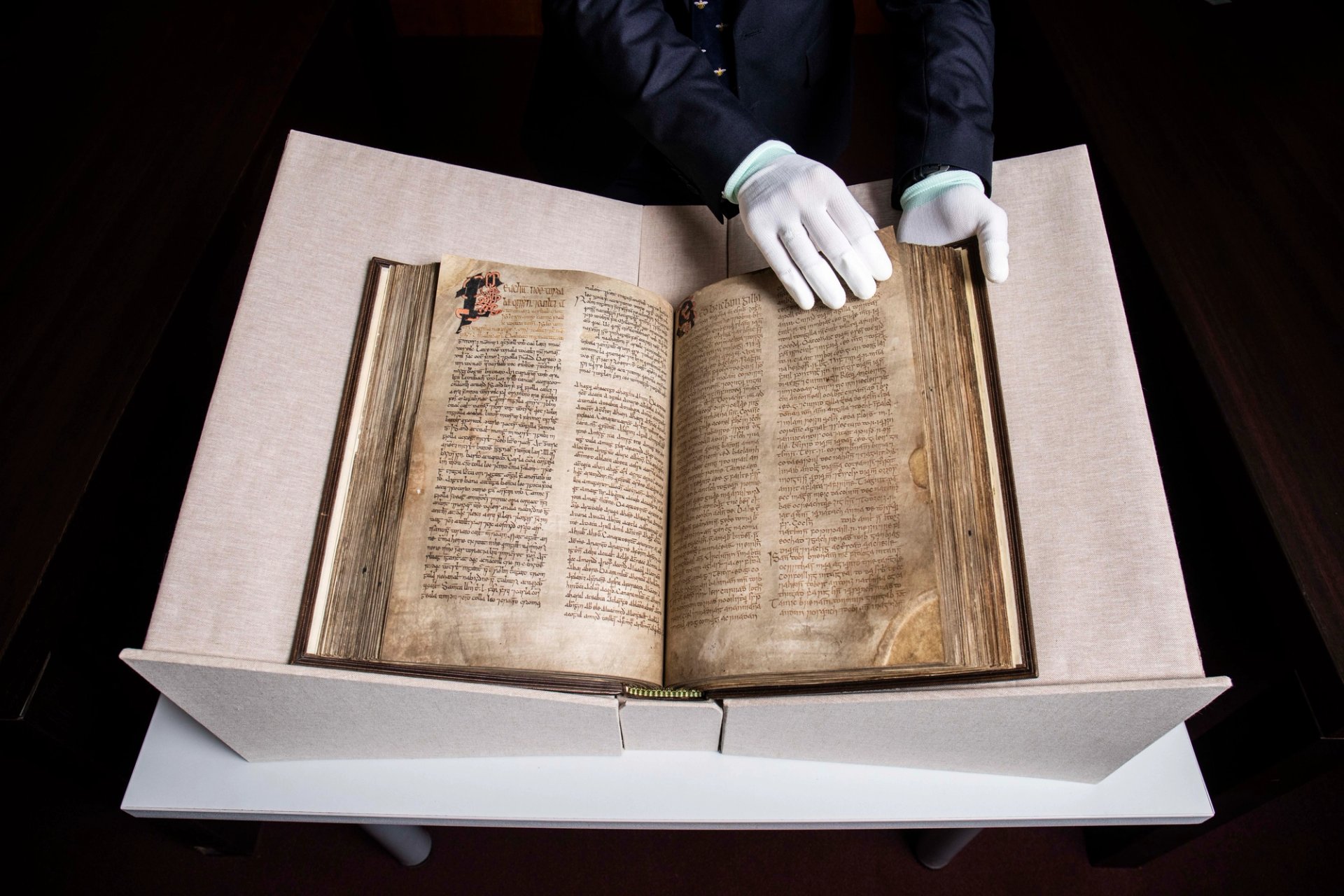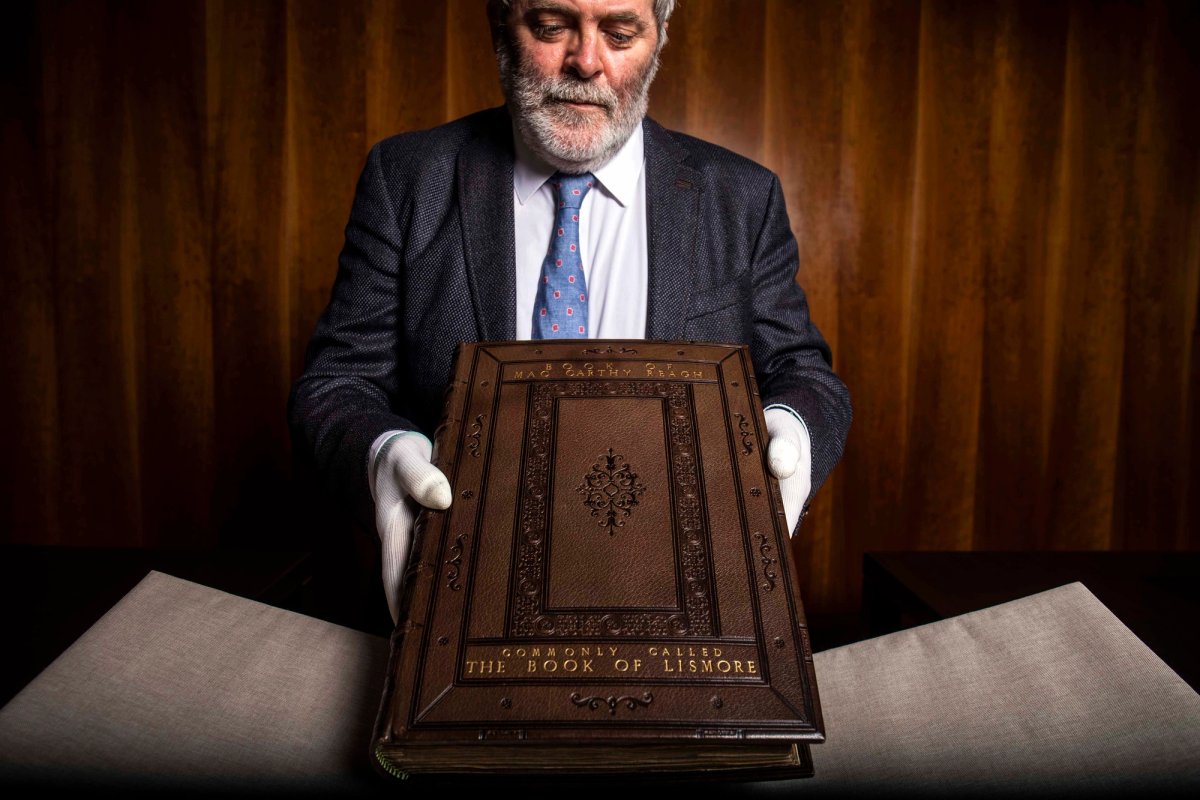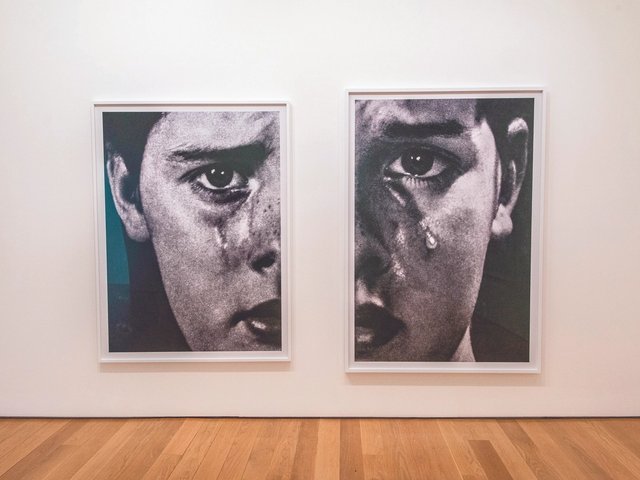One of Ireland’s most important historic books—The Book of Lismore, created in the 15th century—is returning home. The medieval manuscript, compiled for Fínghin Mac Carthaigh, the Lord of Carbery from 1478 to 1505, has been donated to University College Cork (UCC) by the trustees of the Chatsworth Settlement in Derbyshire. The Book of Lismore will be displayed in a Treasures Gallery that UCC plans to develop in its Boole Library.
The book, comprising 198 large vellum folios, includes ancient Irish texts outlining the lives of saints along with translations of contemporary European works relating to, for instance, the Conquests of Charlemagne.
It also contains the only surviving translation in Irish about the travels of Marco Polo, native, secular texts dealing with the theme of Kingship and stories focused on the popular mythological hero Fionn mac Cumhaill and the Fianna warriors, such as the lengthy tale entitled Agallamh na Seanórach.

The Book of Lismore © Claire Keogh
The book was captured in a siege of Kilbrittain Castle in west Cork in the 1640s and later passed into the hands of the Earl of Cork at Lismore Castle, where it was stored until its rediscovery in 1814 during renovation work. Soon after, it was lent to a Cork antiquary, Donnchadh Ó Floinn, and was later returned to Lismore Castle where it remained until 1914.
“It was thereafter transferred to Devonshire House, London and from there to its present home at Chatsworth, in Derbyshire, the ancestral seat of the Dukes of Devonshire. The manuscript has been the property of the trustees of the Chatsworth Settlement since its establishment in 1946,” says a statement from the settlement.
Writing for the Irish broadcaster RTÉ, Pádraig Ó Macháinn, professor of Modern Irish at UCC, says that “the vellum manuscript… is rightly regarded as one of the Great Books of Ireland. Its contents are comprehensive in their representation of both religious and secular learning in the Irish language as preserved and promoted by the elite learned classes of late medieval Ireland.” Students of Irish at UCC now have the opportunity to engage at first hand with a crucial element in the history of the Irish book, namely the vellum period, he adds.




